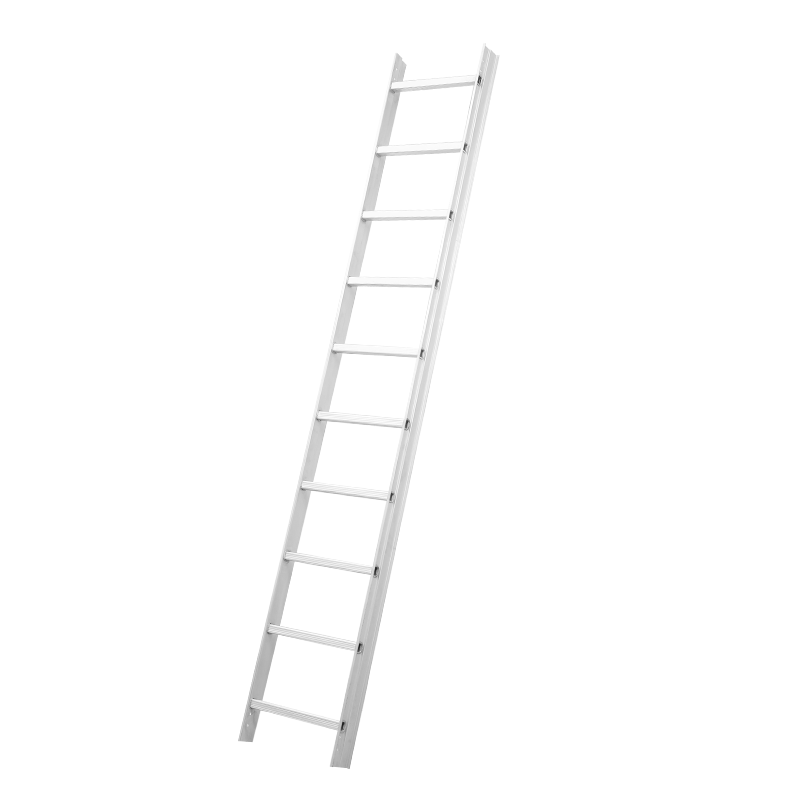A single ladder is a simple yet essential tool, but improper use can lead to serious injuries. Many accidents occur due to preventable mistakes, making it crucial to follow safety guidelines when climbing or positioning a single ladder.
One common error is incorrect angle placement. A single ladder should be positioned at a 75-degree angle, with the base one foot away from the wall for every four feet of height. Placing it too steep or too flat increases the risk of tipping or slipping. Always test the angle by standing straight with your toes touching the base—your outstretched hands should reach the rungs comfortably.
Overreaching is another frequent mistake. Leaning too far to one side while on a single ladder can cause it to shift or topple. Instead of stretching, climb down and reposition the single ladder closer to your work area. Keep your hips within the side rails to maintain balance.
Using a damaged single ladder is extremely hazardous. Before each use, inspect for cracks, bent rungs, or loose screws. Even minor damage can compromise stability. Never attempt to repair a broken single ladder with makeshift fixes—replace it instead.
Another oversight is neglecting footwear. Wearing slippery or unstable shoes while climbing a single ladder increases the risk of falls. Opt for sturdy, non-slip footwear with good traction. Avoid climbing a single ladder in wet or icy conditions, as surfaces can become dangerously slick.
Ignoring weight limits is a serious mistake. Every single ladder has a maximum load capacity, which includes your weight plus any tools or materials. Exceeding this limit can cause structural failure. Check the manufacturer’s rating and ensure you stay within the safe range.
Finally, improper storage can shorten a single ladder’s lifespan. Leaving it exposed to rain or extreme temperatures can weaken materials over time. Store the single ladder horizontally on hooks or in a dry, sheltered area to prevent warping or corrosion.
By avoiding these common mistakes, you can use a single ladder safely and effectively. Always prioritize proper setup, regular inspections, and cautious climbing techniques to minimize risks.
